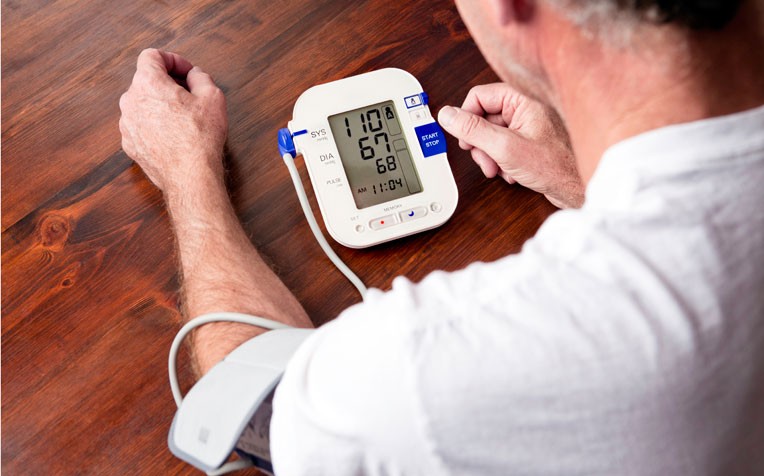30/11/2023
30/11/2023

NEW YORK, Nov 30: As the holiday season brings forth cherished dishes like desserts, stuffing, and green bean casserole, it prompts a moment of caution for the 120 million US adults managing high blood pressure. While indulging in festive feasts, the prevalence of sodium-rich foods underscores the need for individuals to take extra precautions and monitor their blood pressure to ensure it remains within normal levels.
The challenge lies in obtaining accurate blood pressure readings, especially for those with hypertension. Studies reveal that blood pressure measurements are not consistently accurate outside of medical settings. Variations depend on factors such as who is taking the measurements, where and when they are taken, and the type of medical device used. This inconsistency can extend to medical settings, posing potential life-threatening consequences for those managing high blood pressure, a significant risk factor for heart disease—the leading cause of death in the country.
Dr. Harlan Krumholz, a cardiologist and director of Yale University’s Center for Outcomes Research and Evaluation, emphasizes the need to address the casual approach to blood pressure measurement both at home and in medical offices. The call is to eliminate unnecessary variables and ensure precision in measurements.
Blood pressure, measured using two numbers — systolic and diastolic — reflects arterial pressure during heartbeats and rests between beats, respectively. However, patients often experience widely varied readings from different providers due to the use of different monitors and measurement techniques.
A study conducted through the Yale New Haven Health System analyzed 7.7 million blood pressure measurements, revealing a substantial variation among readings. The difference between readings for a single patient averaged about 12 mm Hg, a significant margin between elevated blood pressure and stage 2 hypertension. For patients with extremely high blood pressure, readings varied even more, averaging 32.3 mm Hg.
The inconsistency in readings stems from varying measurement methods among clinicians. Differences in cuff placement, monitor types, and even seating positions contribute to the noise in measurements. Dr. Krumholz advocates for standardized measurement practices to ensure consistency across different settings.
Addressing the small yet impactful factors, a study found that blood pressure readings taken with patients on exam tables can be higher compared to those taken with individuals seated in a chair. Such discrepancies underscore the need for accurate readings, as a less-than-accurate result could lead to misdiagnosis and potential implications for patients.
The American Heart Association (AHA) guidelines offer suggestions for obtaining accurate blood pressure readings. Recommendations include avoiding smoking, caffeinated beverages, or exercise 30 minutes prior to measurement, ensuring relaxation for five minutes before measurement, and using a calibrated cuff on a bare arm in an upright seated position.
For patients monitoring blood pressure at home, consistency is paramount. Dr. Krumholz advises taking measurements under the same circumstances daily, preferably at the same time, and calculating an average from multiple measurements if possible.
New guidelines from the American College of Cardiology and the AHA define high hypertension as a blood pressure reading of 130/80 mm Hg or higher. Stage 2 hypertension, as per CDC, is defined as a blood pressure at or above 140/90 mm Hg.
Hypertension poses significant risks for heart disease and stroke, leading causes of death in the United States. In 2021, nearly 700,000 US deaths were attributed to hypertension as a primary or contributing cause, reinforcing the importance of accurate blood pressure management during the festive season and beyond.


